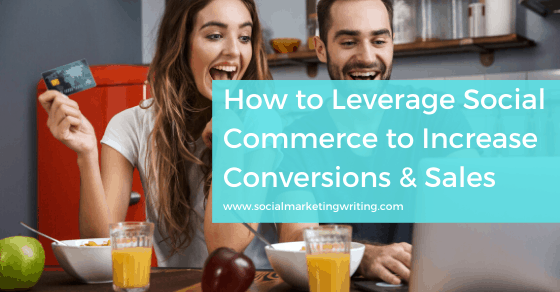
Most conversion funnels are long and winding. In fact, the path from brand awareness to “add to cart” seems to be getting longer.
This is a problem because every unnecessary step means potential customers get distracted, lose interest, or find another solution for their problem.
Longer conversion funnels = fewer sales.
So, what is the solution?
It is time to stop relying on overly complex funnels, gamification, and tech solutions — and refocus on what your customers want.
The truth is, online business success is simple. All you need is a great product that solves a problem — and an easy way to get that product directly into the customer’s hands.
How do you do that?
Many successful businesses are turning back to social media, which makes sense when you consider the massive reach of society.
Facebook alone can help your brand reach more than 2 billion people around the globe. Instagram has more than 1 billion monthly active users and 500 million daily users.
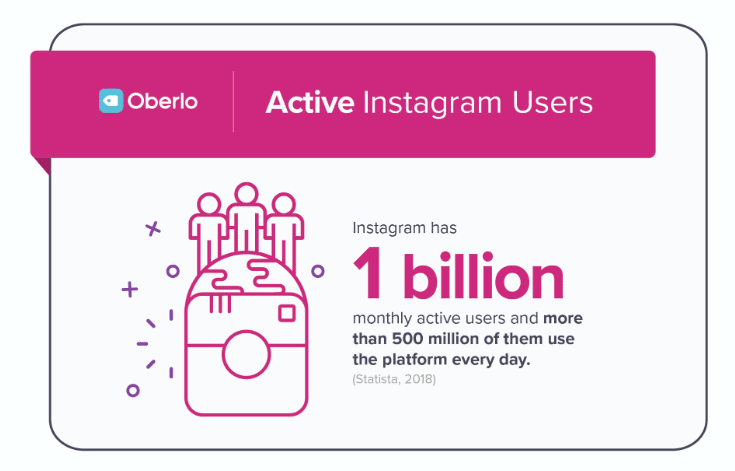
Pinterest, which isn’t top of mind for many marketers, still reaches 335 million users a year, while Twitter has 330 million monthly active users.
Success on social media isn’t just about earning likes and shares — it is about driving real, measurable sales by focusing on social commerce.
- What is Social Commerce?
- 8 Ways to Accelerate Your Social Commerce Strategy
- #1 Celebrate your fans.
- #2 Build out a strategy with micro-influencers
- #3 Manage social commerce using your ecommerce platform.
- #4 Make Instagram shoppable.
- #5 Collaborate with mega-influencers.
- #6 Create a hassle-free payment process.
- #7 Integrate video into everything.
- #8 Get personal.
- Bonus tip: Use events to drive excitement.
- Final Thoughts on Social Commerce
What is Social Commerce?
You are thinking — great, another buzzword.
Not quite.
Social commerce is a convergence of social media and online shopping. You might also hear social commerce referred to as ecommerce, though they aren’t exactly the same things.
Social commerce refers specifically to a subset of ecommerce as it is related to, and impacted by, social media behavior.
For example, you might follow a fashion deal page on Instagram and see the perfect spring dress. Other users are commenting about how well it fits. So you tap to purchase it right on Instagram.
That is social commerce at work.
Social commerce is unique because of the magnitude of reach, as well as the wide range of strategies businesses can leverage to increase social commerce sales.
Does increasing actual sales through social media sound good? You are in luck — we’re going to cover 8 strategies to help you do just that.
8 Ways to Accelerate Your Social Commerce Strategy
Social commerce combines the reach of social media with the popularity of online shopping — which makes it incredibly powerful. But, with all the social networks out there (and tons of tips about generating sales from social media), how should marketers and business owners approach social commerce?
Here are 8 ways to drive social commerce for your company.
#1 Celebrate your fans.
Here’s the thing — your fans are already talking about your brand on social media. They are asking for tips, sharing their favorite fashion looks, and their unique experiences.
For example, Instagram user vacillavi shared a shot from her morning coffee run with her favorite new Rothys.
When you find this type of content, ask for permission to share it from your brand social media account. This is social proof, which most consumers are more likely to trust than posts that come directly from your brand social profiles.
#2 Build out a strategy with micro-influencers
You’ve likely heard of influencers, but might be wondering what micro-influencers are.
Micro-influencers are social media users with between 1,000 and 10,000 followers who are recognized and trusted by their communities for their expertise — and they can be incredibly powerful for brands.
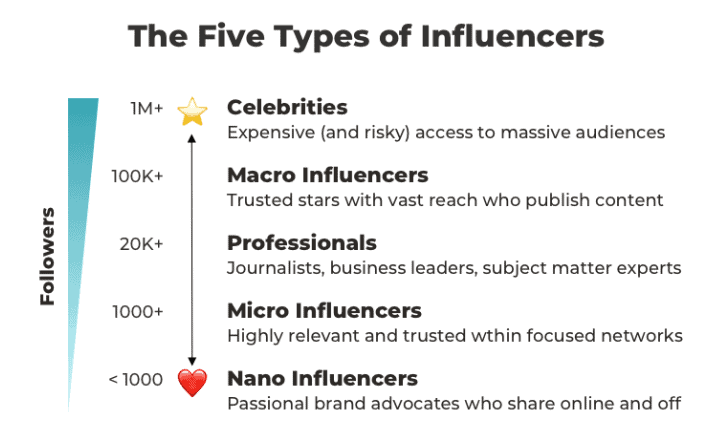
Here’s the thing — people don’t trust brands. In fact, 92 percent of Millennials say they trust social media influencers more than famous celebrities like Beyonce or Kylie Jenner. Nearly half of all consumers reported they rely on influencer’s recommendations when making a purchase.
Micro-influencers are more affordable for brands — and they are more effective at helping you reach your audience.
Plus, they can also impact SEO in positive ways. According to the SEO experts at Loganix:
“Micro-influencers are more than just social posts. They actually boost your SEO and the entirety of your digital footprint. Many influencers will continue to mention your brand alongside positive messaging in your niche, helping to add trust, credibility, and direct sales.”
#3 Manage social commerce using your ecommerce platform.
Top companies use dozens of tools to automate sales, accounting, manage social media, and even handle customer support.
With so many different tools, creating an effective omnichannel strategy can be a challenge.
Instead of using a different tool for every platform, look for ways to consolidate and use your ecommerce platform to help manage your social commerce efforts.
For example, BigCommerce, a popular ecommerce marketing tool, allows you to integrate with most social media platforms, including Facebook.

Through BigCommerce, you can manage your Facebook shop, organize collections, and even make purchases through Facebook — but the data flows right into BigCommerce so you can use it to make data-driven business decisions.
This can be the perfect task to hand off to a freelancer who can become your dedicated manager here.
#4 Make Instagram shoppable.
An increasing number of consumers are spending time — and money on Instagram. And Instagram has paid attention. In fact, there are several ways for consumers to make purchases directly from Instagram without ever leaving their feed.
Shoppable posts
Shoppable posts allow businesses to tag items in their Instagram feed, which provides users with a seamless shopping experience right in their Instagram feed.
Businesses can tag products, which users can then tap to be taken to a page to complete their purchase. As this is more direct than the link in bio strategy, it can help drive mores sales with Instagram.
Note that you will need to have a business account and connect it to your Facebook page to use Shoppable posts. And, unlike Shoppable Stories, it doesn’t require you to have 10,000 followers.
Shoppable stories
Instagram stories are time-sensitive posts that appear at the top of users’ feeds — and Instagram boasts more than 500 million daily active Story users. Brands with more than 10,000 followers can use Instagram Shoppable stories.
Here’s an example from Sprint:
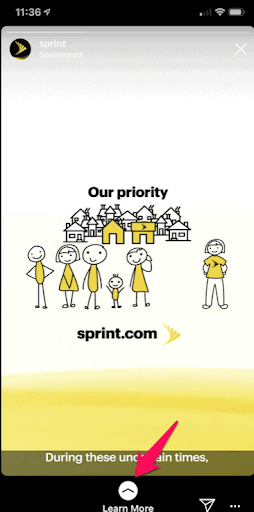
When users swipe up, they are taken to a page where they can check out and, in this case, purchase a phone, right from their Instagram feed.
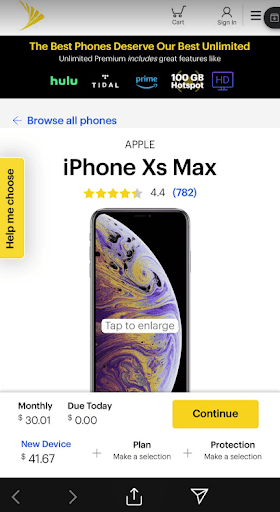
#5 Collaborate with mega-influencers.
We’ve already covered micro-influencers, which are trusted Instagram users with between 1,000 and 10,000 followers. But, mega-influencers can also be a powerful social commerce strategy.
For example, clothing line Joie partnered with influencer and Style Director at the Daily Mail Pandora Amoratis to take over their Stories and share style tips.
Look for ways to make the most of partnerships with mega-influencers by resharing content in your Instagram feed and saving Story takeovers as Highlights, which are saved to your Instagram profile under the bio. Here’s an example from joie again.
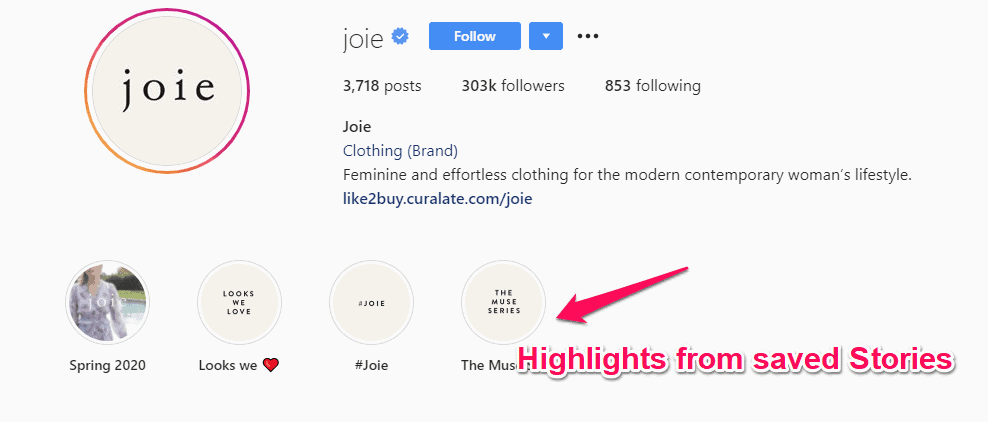
#6 Create a hassle-free payment process.
According to an ecommerce checkout study, nearly 68 percent of all online carts are abandoned before the sale is complete.
The main reason? The checkout process is too complicated. The study found that:
- 35% of consumers abandon online carts because the site wanted them to make an account.
- 27% leave because the process is too complex.
- 22% left because the website had errors or crashed.
If you want to increase social commerce sales, make it easy for consumers to check out.
When possible, keep the payment process in the social media app itself and offer digital payment options such as PayPal and Apple Pay.
And don’t forget mobile users — more than half of all traffic will come from a mobile device.

Here’s an example from ecommerce company Ponyo, which makes it incredibly easy for consumers to add to cart and check out.
Not sure what type of payment plans your customers use the most? Ask them using a
mobile form tool like Forms on Fire to find out more information about the way they shop and how you can improve the checkout experience.
#7 Integrate video into everything.
Video is one of the most popular forms of content — in fact, more than 4 billion videos are watched on Facebook every day. If you are looking for a way to drive impulse purchases and leads, video can be a powerful tool. In fact, Venngage used visual content to increase their traffic and revenue by more than 400%.
Using videos, you can show off your product in action, address unique features, and make it easier for consumers to imagine themselves using your product in their own home.
For example, InFlow uses YouTube videos to show how specific features of its inventory management software works.
Those videos can then be embedded in emails, shared on other social media platforms, and used in their knowledgebase. Need help creating marketing-ready videos? These tips will help you create a marketing video that drives conversions.
Protip: Don’t discount the power of email when it comes to social commerce. Consider including a link in your email signature that promotes social channels or even specific products.
#8 Get personal.
People use social media for a variety of reasons — to catch up with friends, keep up with the news, or even to search for cute cat pictures. What they don’t want is to be bombarded with general ads from brands who don’t understand who they are or what they like.
Why does personalization matter? For starters, consumers want personalization.
More than 80% of shoppers say they are more likely to buy from a company that covers personalized experiences.
In addition, personalized content is more effective, which means you spend less marketing dollars to drive each sale.
For example:
- Use a plugin to offer customers personalized product recommendations based on past purchases or clicks.
- Suggest add-on items that relate to current product offerings.
- Use Facebook’s dynamic ads to adjust social ads to a user’s behavior.
Bonus tip: Use events to drive excitement.
When we talk about social commerce, it is easy to get caught up thinking about posts, ads, and Stories. However, live events can help drive conversion, as well.
For example, you could host a Facebook Live chat to launch a new product or answer frequently asked questions or go live on Instagram to share a tutorial.
Final Thoughts on Social Commerce
Consumers are getting lost in the sales funnel. Marketers have spent so much time focusing on shiny new tools and data gathering that they have lost sight of a critical tenet of marketing — keep it simple.
Social commerce can help you focus on providing a simplified sales process by connecting with consumers where they spend hours of their day — browsing their social media feed.
Leveraging strategies like Instagram Stories, videos, and streamlined payment processes are the first steps to making the most out of social commerce. Test the strategies above to see what works well for your audience — then focus on what works best for your audience and your business.
About Beatriz Estay
Beatriz is a Small Business Content Marketing Specialist at BigCommerce and the fashion and lifestyle influencer behind The Letter Bea, an Austin, Texas based blog. She holds a B.A. in Communication and Sociology/Anthropology from Lake Forest College and specializes in ecommerce, marketing and merchandising strategies, influencer and branding work, and social media. When she's not curating content, Beatriz loves to travel the world, share her journey with Type 1 Diabetes, and find Austin's most Instagram friendly spots.
